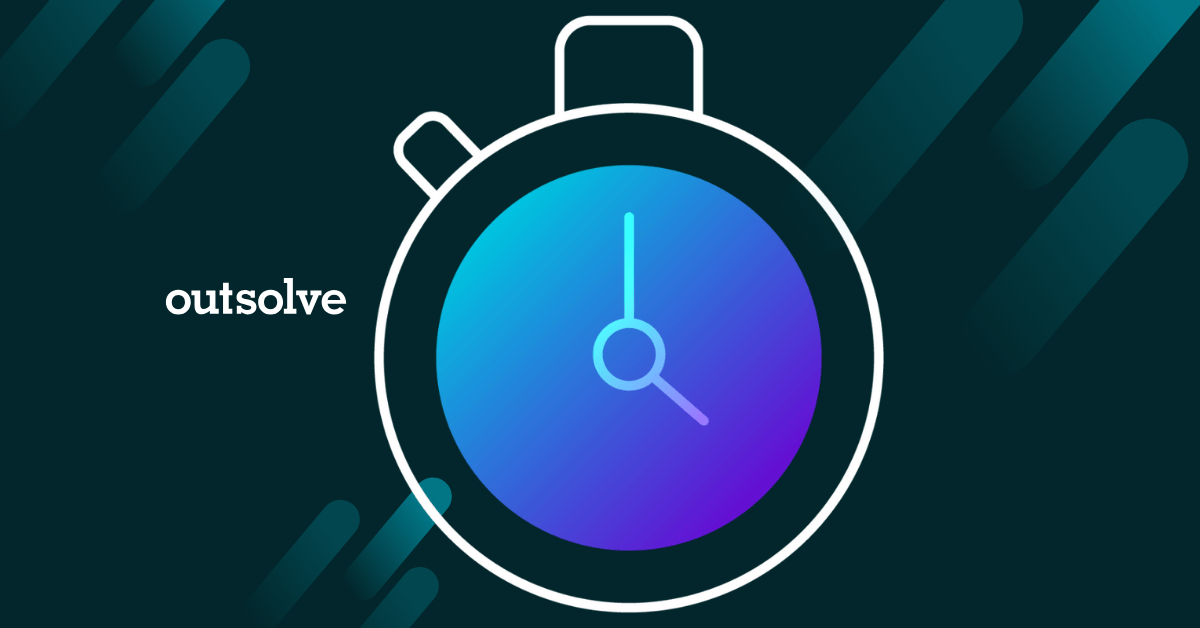6 min read
What is the Difference Between Form I-9 and E-Verify
 Desiree Throckmorton, SPHR
:
Mar 26, 2025 11:29:04 AM
Desiree Throckmorton, SPHR
:
Mar 26, 2025 11:29:04 AM
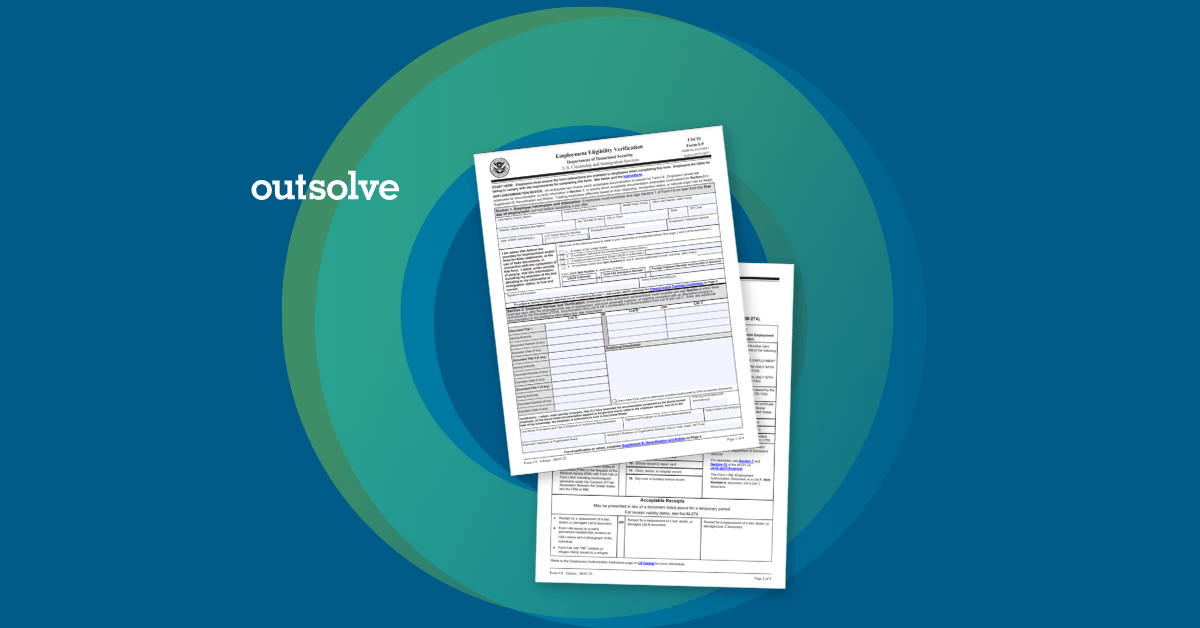
Employment eligibility verification is a crucial HR and compliance function. Are Form I-9 and E-Verify one in the same? No.
Although E-Verify uses information from Form I-9, there are key differences you need to be aware of that can impact your company’s compliance efforts.
Let’s outline the key differences between Form I-9 and E-Verify, explain why understanding these differences matters for compliance, and provide guidance on how you can stay on track when it comes to employment eligibility verification.
Employment Eligibility Verification for U.S. Employers
In the United States, employers are required by federal law to verify the employment eligibility of their employees. This process is imperative for avoiding penalties associated with hiring unauthorized workers. The two primary tools used to verify employment eligibility are Form I-9 and E-Verify.
While both processes focus on confirming an employee's legal right to work, they operate in different ways. Let’s explore these tools in detail.
The Importance of I-9 Compliance and How E-Verify Plays into the Process
Again, Form I-9 compliance is mandatory for all U.S. employers. The form is completed in concert by new hires and employers to verify an employee's identity and authorization to work in the United States. On the other hand, E-Verify is an optional (for some employers) electronic system that can be used to systematically check an employee’s eligibility by cross-referencing Form I-9 information with data maintained by Department of Homeland Security and the Social Security Administration.
For employers who use E-Verify, it adds an extra layer of security by providing real-time confirmation of employment eligibility. If the information from Form I-9 matches E-Verify , then the employee is confirmed as eligible to work. However, if there is a discrepancy, E-Verify issues a "Tentative Non-confirmation" (TNC), alerting the employer to a potential issue. The employer must then notify the employee, who has the opportunity to resolve the mismatch by contacting the appropriate agency.
 What is Form I-9?
What is Form I-9?
The Immigration Reform and Controls Act (IRCA) of 1986 requires all U.S. employers, regardless of size, to complete a Form I-9 upon hiring a new employee to work in the United States.
As mentioned, Form I-9 is the official federal form to verify an employees’ identity and eligibility to work in the country. It’s important to note that I-9 compliance and work authorization is a priority of the new administration. The Department of Homeland Security (DHS) is at the forefront of this initiative, experiencing significant growth in both its budget and workforce (budget over $60 billion and workforce around 260,000). In contrast, many other federal departments are facing reductions in their budgets and staff.
Who Must Complete Form I-9
- All employers are required to use Form I-9 for every U.S. employee hired after November 6, 1986.
- All employees, regardless of nationality or citizenship status
Process of Completing Form I-9
- Employee’s Role
- The employee fills out Section 1 of the form by providing personal details and attesting, under penalty of perjury, to the accuracy of the information provided including their eligibility to work in the U.S.
- This section must be completed by the employee after an offer has been accepted and no later than their first day of employment.
- Employer’s Role
- The employer completes Section 2, also under penalty of perjury, by verifying the employee’s identity and work authorization. This involves reviewing documents provided by the employee.
- The employer must complete Section 2 within three business days of the employee’s first day of work.
Retention of I-9 Forms
Employers must retain a completed Form I-9 for each employee hired after November 6, 1986. The form must be kept for either three years after the date of hire or one year after the date employment ends, whichever is later. This requirement ensures that employers can present the forms for inspection by authorized officials within three business days of a request. United States Citizenship and Immigration Services (USCIS) created a helpful retention calculator.
Penalties for Noncompliance with Form I-9
Failure to properly complete and retain Form I-9 can result in major penalties. Potential consequences include:
- Civil fines
- Criminal penalties
- Debarment from government contracts
- Court orders requiring the payment of back pay or hiring of discriminated individuals
For example, employers can face criminal penalties including fines if they knowingly employe individuals who are not eligible to work in the U.S.
What is E-Verify?
E-Verify is an electronic system used by employers to verify an employee’s employment eligibility by comparing the data entered on the Form I-9 against government databases, including the Social Security Administration (SSA) and Department of Homeland Security (DHS).
Who Must Use E-Verify?
- Federal contractors: E-Verify is required for federal contractors whose contracts reference the Federal Acquisition Regulation (FAR) clause.
- Certain states: Some states have passed laws mandating the use of E-Verify for public or private employers. If you are an employer in Alabama, Arizona, Florida, Georgia, Idaho, Indiana, Louisiana, Michigan, Minnesota, Mississippi, Missouri, Nebraska, North Carolina, Oklahoma, Pennsylvania, South Carolina, Tennessee, Texas, Utah, Virginia, or West Virginia, you may be required to use E-Verify. Check your state and local resources for more information.
- Voluntary participation: Many private employers choose to use E-Verify voluntarily to enhance their compliance efforts and reduce the likelihood of hiring ineligible workers. Employers who opt in to voluntarily use E-Verify should create E-Verify cases for all new hires regardless of citizenship status and never use E-Verify to pre-screen candidates.
- Employers Conducting Remote Examination of Employee Documents: New provision that began November 1, 2023, and allows employers to conduct remote examination of I-9 documents. Such employers must be in enrolled in E-Verify with good standing.
The E-Verify Process
- Employer’s Role:
-
- After the employee completes Form I-9, the employer enters the employee’s I-9 details into the E-Verify system. Some electronic Form I-9 systems automatically feed the Form I-9 information directly to E-Verify.
-
- The system will then check the data against the SSA and DHS records to confirm employment eligibility.
- Possible Outcomes:
-
- Employment Authorization: If the information matches the government databases, E-Verify will provide a confirmation of employment eligibility.
-
- Tentative Non-confirmation (TNC): If there is a mismatch between the information provided and the databases, the system will issue a TNC. The employer must inform the employee per specific procedures.
Key Differences Between Form I-9 and E-Verify
Let’s summarize some of the key differences between Form I-9 and E-Verify:
|
Feature |
Form I-9 |
E-Verify |
|
Purpose |
To verify employee identity and eligibility |
To confirm employment eligibility within federal databases |
|
Who is Required to Comply |
Required for all employees hired in the U.S. | Required for some federal contractors, employers who conduct remote verification and employers in certain states |
|
Completion Timeline |
Section 1 must be completed by new hire on first day of work. Section 2 must be completed by the employer within three days of employment | E-Verify cases must be created no later than the third business day after the employee starts work for pay. |
|
Verification Method |
Employee provides documents to verify eligibility |
Data from I-9 is checked against DHS/SSA databases. |
|
Legal Consequences for Non-Compliance |
Penalties range from civil fines to criminal charges, severity depends on the nature of noncompliance and frequency of violation. |
Federal Contractors required to use E-Verify who fail to comply can become ineligible to receive new contracts and may lose existing contracts. Some states that require participation will issue a $500 penalty for each employee the company failed to verify. |
How Employers Can Stay Compliant
Ensuring compliance with I-9 and E-Verify regulations can be complex, but it is crucial for maintaining a legal workforce and avoiding penalties. Here are several steps employers can take to stay compliant:
- Ensure proper completion of Form I-9:
-
- Confirm that all new hires complete Form I-9 within the required time frame.
-
- Review the documents provided by the employee carefully to ensure they meet the requirements outlined in the M-274 Handbook produced by U.S. Citizenship and Immigration Serivces (USCIS).
-
- Confirm that employees with expiring work authorization have updated Supplement B accordingly.
-
- Use the correct version of Form I-9
-
- Train staff on proper I-9 procedures and compliance
-
- Retain I-9 forms for all employees (hired after 11/6/1986) per retention requirements.
- Use E-Verify where required:
-
- For employers who are federal contractors, conducting remote verification, or who are located in states where E-Verify is mandated, ensure that E-Verify is used to appropriately to verify employment eligibility. Never use E-Verify to prescreen job applicants or reverify employment eligibility of existing employees.
-
- Verify that all Tentative Non-confirmation (TNC) cases are mitigated appropriately.
-
- Confirm Notice of E-Verify Participation and the Right to Work posters are available for prospective and current employees.
- Conduct internal audits:
-
- Regularly audit your organization’s I-9 forms to ensure they are properly completed and retained.
-
- Implement a system to ensure I-9 forms are stored securely and can be easily retrieved during an audit.
-
- Establish a point of contact and an escalation plan in case of an audit.
- Stay updated on regulations:
-
- Employment eligibility laws and E-Verify requirements are subject to change. Keep up to date with federal and state regulations to avoid noncompliance.
What Form I-9 and E-Verify Means for Your Organization
Understanding the difference between Form I-9 and E-Verify is critical to stay compliant with employment eligibility verification requirements. While Form I-9 is mandatory for all employees, E-Verify is a tool that adds an extra layer of security to the verification process. It’s important for HR to stay on top of this function and partner with their organizations for maintaining compliance.
Employers should assess whether E-Verify is necessary for their organization based on federal contractor requirements, state laws, and internal compliance goals. If you're looking for support and guidance with I-9 compliance, reach out to OutSolve.
Desiree Throckmorton is a seasoned HR compliance professional with over two decades of experience, including significant tenure at a Fortune 500 company. In her current role as a Senior Consultant, she provides expert guidance to enterprise-level clients on critical issues such as Form I-9 compliance, non-discrimination analysis, and best practices for pay equity and transparency. Throughout her career, Desiree has demonstrated exceptional proficiency in conducting internal proactive audits and managing external reactive audits. She has a keen eye for identifying risk areas in recruitment practices and excels in performing adverse impact analyses on employment decisions. Additionally, Desiree has successfully launched comprehensive, enterprise-wide training programs focused on Equal Employment Opportunity and Form I-9 compliance. Desiree holds the SPHR certification and has earned a Bachelor's Degree from California State University and a Master's Degree from Roosevelt University.
Recent Posts
Related Posts
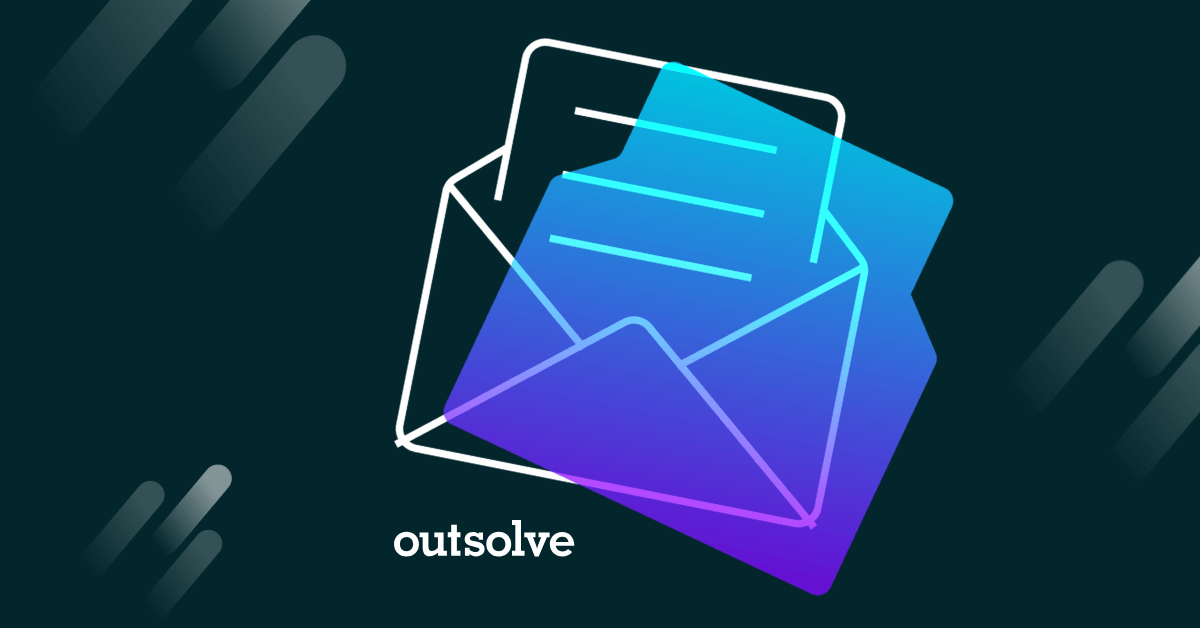
Former DOL Officials Issue Open Letter to Federal Contractors
On April 15, 2025, ten former senior officials from the U.S. Department of Labor (DOL), including past leaders of the Office of Federal Contract...
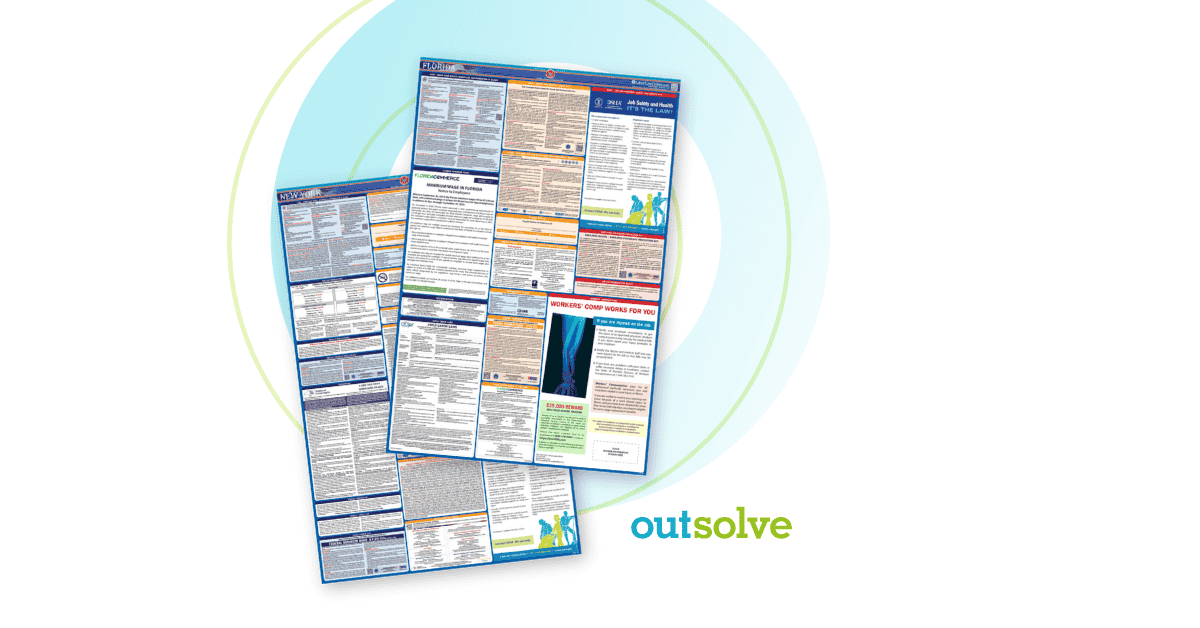
The Ultimate Guide to Multi-State Labor Law Posters
Human Resources professionals understand how important and challenging it can be to remain updated and compliant with labor laws. This is especially...
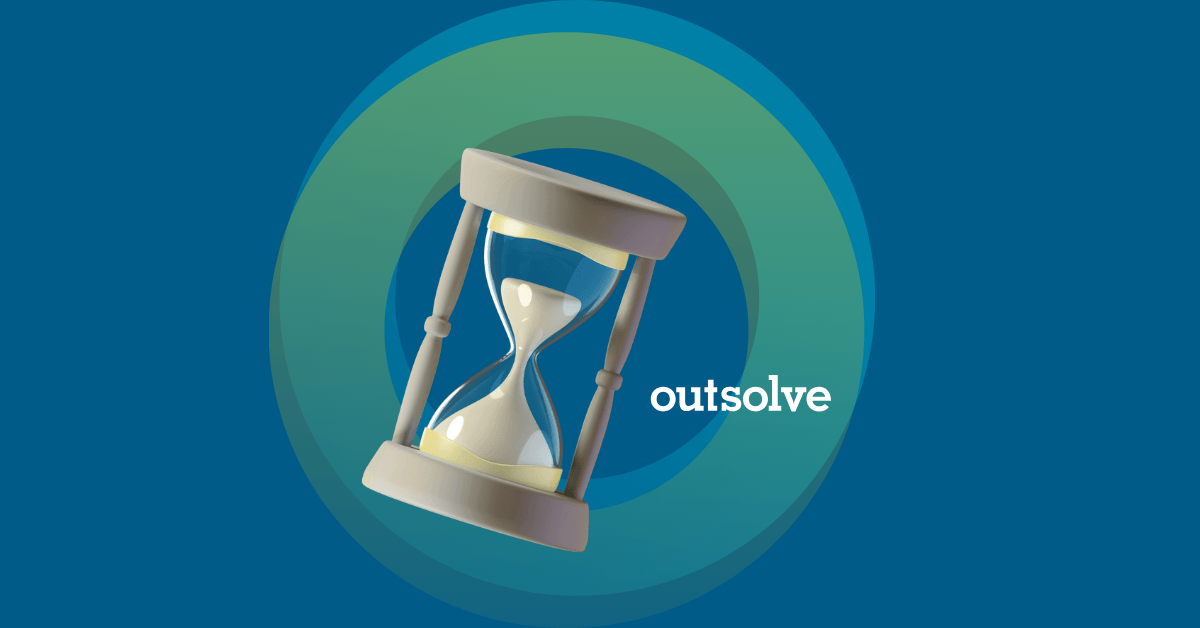
Countdown: Final Days of the 90-Day Safe Harbor Period for AAPs
April is here and with that comes the end of the 90-day safe harbor period for federal contractors complying with EO 11246. As April 21, 2025,...


